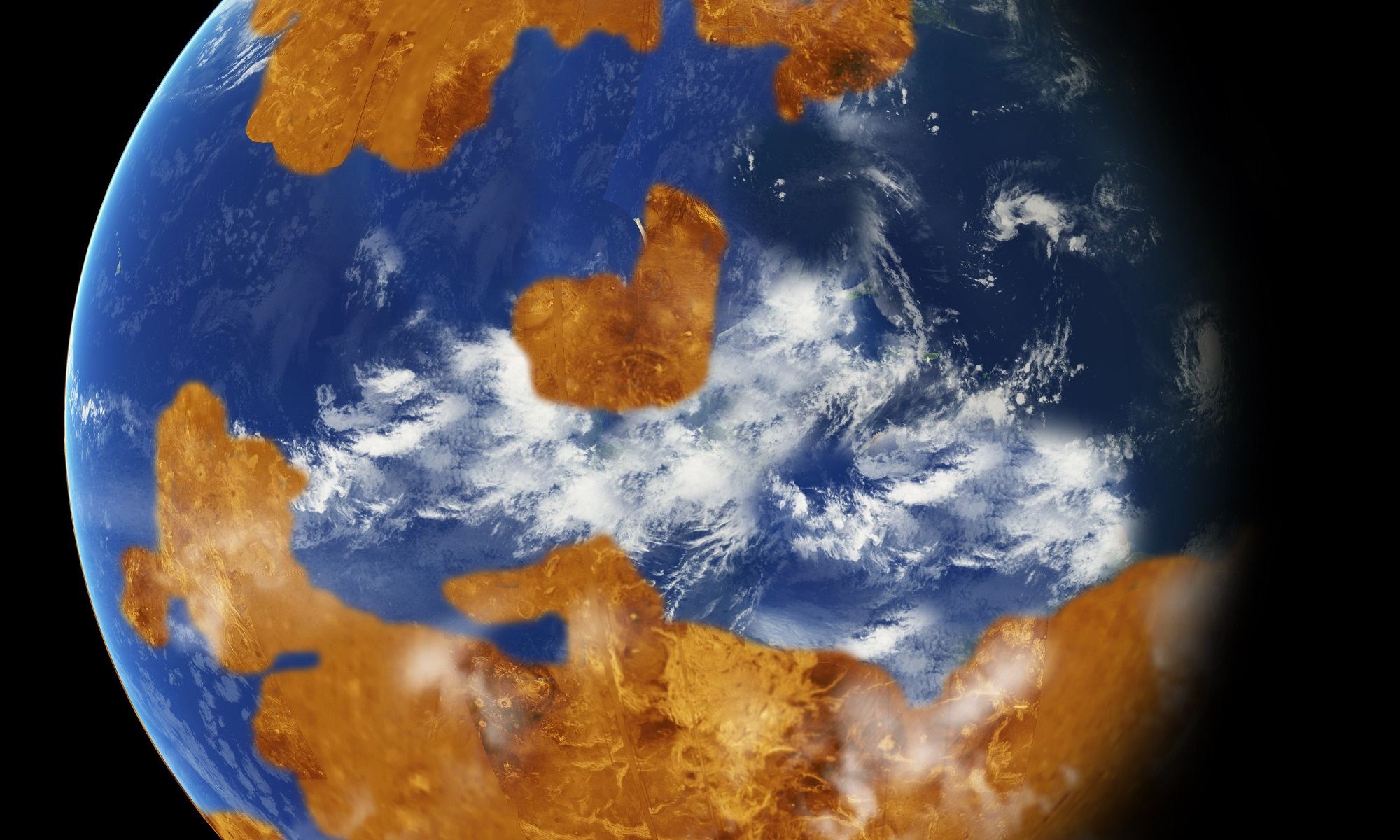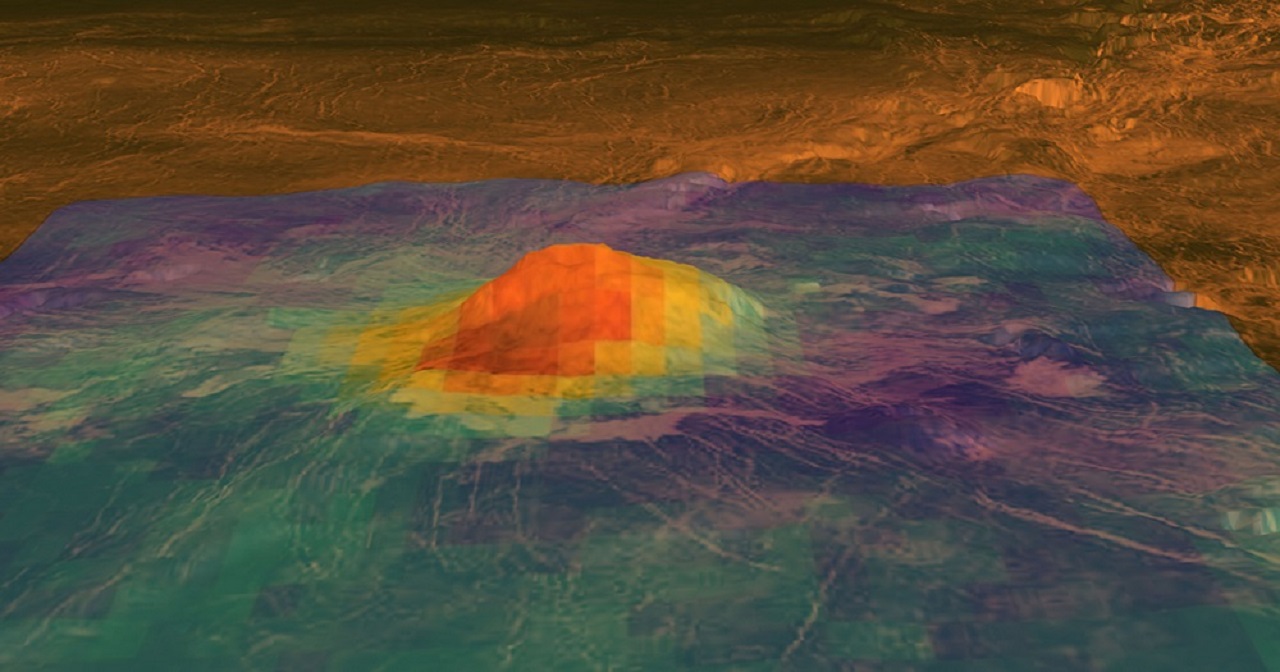Thanks to evidence provided by missions like NASA’s Magellan spacecraft, scientists have theorized that Venus likely experienced a catastrophic resurfacing event about 500 million years ago (give or take 200 Mya). This is believed to be the reason why Venus is such a hellish place today, with an atmosphere that is 92 times as dense as Earth’s, predominantly composed of carbon dioxide (CO2), and temperatures hot enough to melt lead.
The question of what Venus was like before this event took place – particularly, whether or not it had oceans – has been the subject of debate ever since. While many believe that Venus’s surface was covered in large bodies of water, a recent study has contradicted this claim. Using a state-of-the-art climate model, a team of French researchers has developed an alternative scenario of how Venus evolved to become what it is today.
Continue reading “A new Climate Model Suggests That Venus Never had Oceans”


